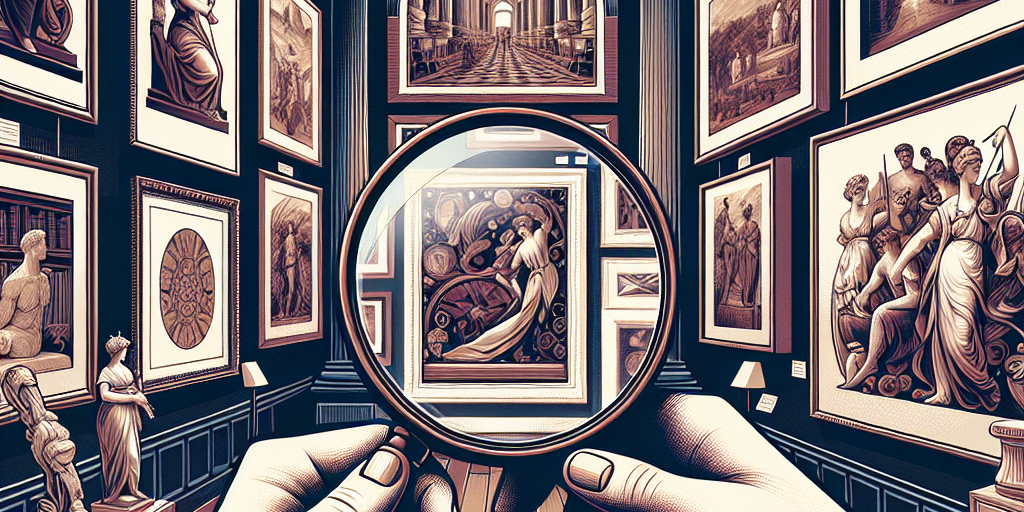Investing in art can be a thrilling and rewarding experience. Not only can art add beauty and personality to your living space, but it can also potentially increase in value over time. However, navigating the art market can be a daunting task for beginners. To help you make smart purchases in the art world, we have compiled a guide to the art of investing.
First and foremost, it is essential to research and educate yourself about different artists, art movements, and art markets. By understanding the history and context of the artworks you are interested in, you can make more informed decisions about which pieces to invest in. It is also crucial to keep up with trends in the art world by reading art publications, visiting galleries, and attending art fairs and auctions.
When it comes to purchasing art as an investment, it is important to buy pieces that you truly love and that resonate with you on a personal level. While it is tempting to buy art solely for its potential return on investment, it is crucial to remember that art is a form of expression and should be enjoyed for its aesthetic value as well. By investing in art that speaks to you emotionally, you are more likely to make sound choices and hold onto your collection for the long term.
Another important consideration when investing in art is to set a budget and stick to it. It can be easy to get carried away at auctions or galleries, especially when you are passionate about a particular artist or style. However, it is essential to establish your financial boundaries and not exceed them, as overspending can lead to financial strain and regrets down the line.
Furthermore, when buying art as an investment, it is wise to diversify your collection. Instead of focusing on one artist or style, consider investing in a range of artworks from different genres and periods. By diversifying your collection, you can mitigate risk and potentially increase your chances of making profitable investments.
It is also advisable to seek the advice of art professionals, such as art advisors or consultants, who can provide expertise and guidance on purchasing art as an investment. These experts can help you navigate the art market, identify emerging artists and trends, and build a well-rounded collection that aligns with your investment goals.
In conclusion, investing in art can be a rewarding and lucrative venture when approached with care and consideration. By researching the art market, buying pieces that you love, setting a budget, diversifying your collection, and seeking professional advice, you can make smart purchases in the art world and build a valuable art collection that brings you joy and financial returns for years to come.







